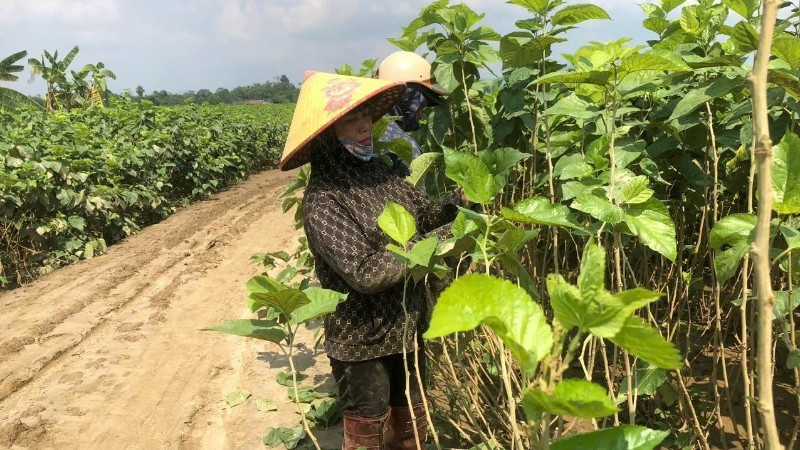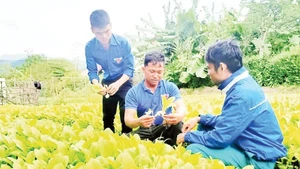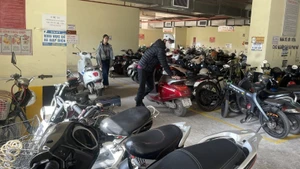According to the Department of Dike Management and Natural Disaster Prevention and Control under the Ministry of Agriculture and Environment, from early 2025 to October 9, Viet Nam recorded 20 types of natural disasters, leaving 238 people dead or missing, damaging over 244,000 houses, and affecting more than 565,000ha of crops and 42,000ha of aquaculture.
Total estimated losses reached 33.55 trillion VND (1.2 billion USD). Storm No. 10 alone left 67 people missing or dead, destroyed hundreds of houses and unroofed nearly 180,000 others, and caused flooding that ruined 85,000ha of crops.
Storm No. 11 left 15 people dead or missing, submerged more than 16,910 houses, and inundated 22,579ha of rice and other crops, causing extensive damage.
Ha Tinh was among the hardest-hit provinces, with over 120,000 homes and thousands of hectares of crops damaged. Local authorities quickly guided farmers in drainage, pest control, and soil rehabilitation, while encouraging early winter crop planting to restore production. Many households, such as that of farmer Pham Xuan Hien in Phuc Trach Commune, managed to save uprooted pomelo trees through technical guidance instead of cutting them down.
In Lao Cai, floods destroyed 2,600ha of rice and crops and thousands of poultry. Local farmers were instructed to treat the soil and disinfect livestock areas before restocking. Nguyen Thai Binh, Deputy Director of the provincial Department of Agriculture and Environment, said efforts are under way to assess losses, salvage remaining crops and repair irrigation systems to secure water for winter farming.
The Department of Crop Production and Plant Protection urged localities to continue draining flooded fields, monitor post-flood pests and apply recovery techniques suitable for each crop.
On October 9, the National Agricultural Extension Centre and the Department of Dike Management launched a new training manual on disaster adaptation to equip farmers and officials with technical knowledge for climate-resilient and sustainable agriculture.
















